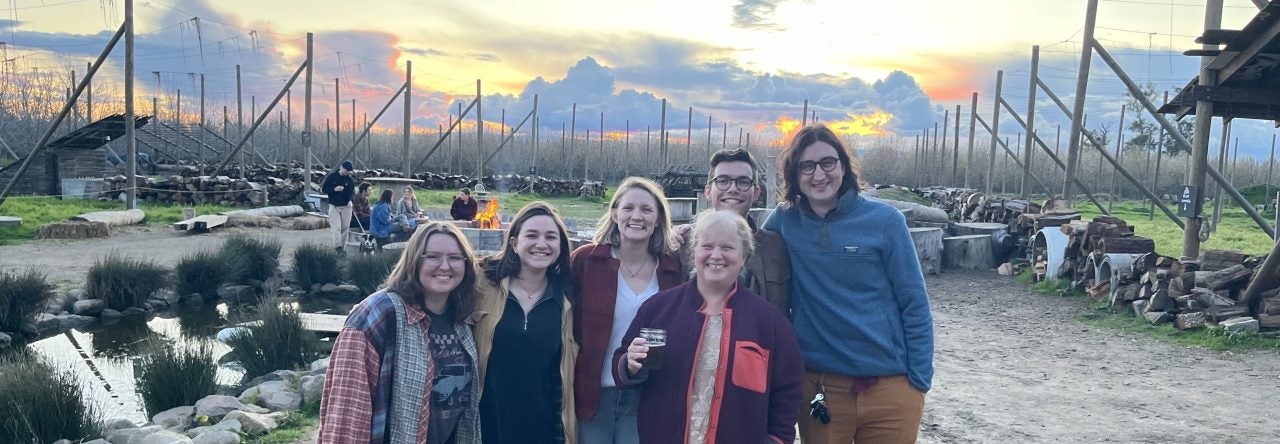As population ecologists, we’ve ended up doing a lot of work with bumble bees, a diverse group of ecologically and economically important pollinators. Bumble bees are a great system to work with, however, studying natural populations of bumble bees, especially at the colony level, has often been challenging due to their unique life history. Bumble bees have an annual eusocial colony cycle, which switches from a solitary queen phase to a eusocial nest phase. Queens are only active for a limited period in the spring time and nests are often hidden out of sight underground, making studying most phases of the colony life cycle challenging. As such, we’ve put together a list of field methods that we, and other researchers, have used to successfully study each of the different colony life stages under natural conditions. We invite you to use this field methods manual to guide your own research, and please send us additional feedback on methods you’ve used so that we can continue growing this area of research!
Please add your own experience to the editable google doc version of the manual.
